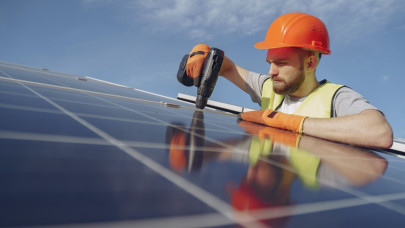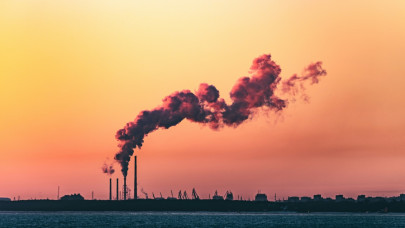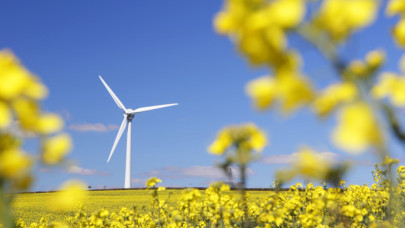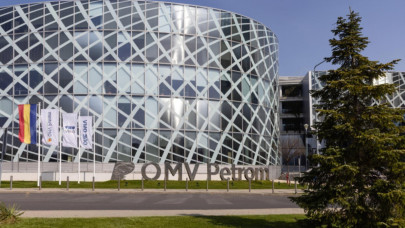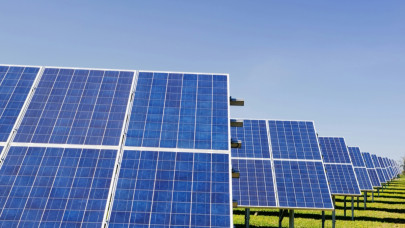According to Eurelectric's Grids for Speed study, investments in distribution grids must rise from an average of €33 billion to €67 billion annually from 2025 to 2050. This investment is about 20% of the EU's 2023 fossil fuel import expenditure. Modernizing the grid will create over 2 million jobs, lead to significant energy savings, and ensure a more reliable power supply, accelerating the decarbonization of Europe's economy.
Societal changes are rapidly transforming Europe's energy system. By 2050, electricity is expected to account for 60% of final energy use, up from 23% today. Renewable capacity will increase sixfold from 2020 levels, with 70% of renewable generation and storage connected at the distribution level. Connection requests are outpacing grid modernization efforts and will continue to grow as electrification progresses, putting a strain on the grid.
To alleviate this strain and enable the energy transition, annual investments in new and modernized infrastructure and digitalization should reach €67 billion from 2025 to 2050, approximately 0.4% of EU GDP. Implementing forward-looking strategies like anticipatory investments, optimal asset management, and grid-friendly flexibility could reduce this figure to €55 billion per year. Failing to achieve these investments would jeopardize 74% of potential connections for key decarbonization technologies, such as electric vehicles (EVs), heat pumps, and renewables.
"For a successful energy transition, the EU needs massive additional grid capacity. Investment volumes for distribution system operators need to double. While this requires a significant ramp-up, the cost of not investing is even higher. To succeed, we need attractive returns for investors to finance it, technology to manage distribution fees and rapid electrification," says Eurelectric's President and E.ON CEO Leonhard Birnbaum.
Scaling up grid investments requires coordinated efforts. National authorities must implement agreed legislation, such as anticipatory investments while adapting regulatory frameworks to support increased investments. This involves removing investment caps, fast-tracking grid permitting and procurement procedures, de-risking investments to attract private funding, and utilizing the EU budget for public financing.
Future-proofing the grid also relies on the supply chain's ability to scale up. Even if the necessary investments are secured, shortages of copper, a talent deficit, long manufacturing lead times, and high transformer costs could hinder infrastructure development. These bottlenecks must be swiftly addressed through strategic planning, enhanced collaboration between European policymakers and industries, and new training initiatives to streamline education certificates and ensure a skilled workforce.
Eurelectric urges policymakers at both national and regional levels to secure grid investments, strengthen supply chains, and unlock the societal benefits of the Grids for Speed initiative.


